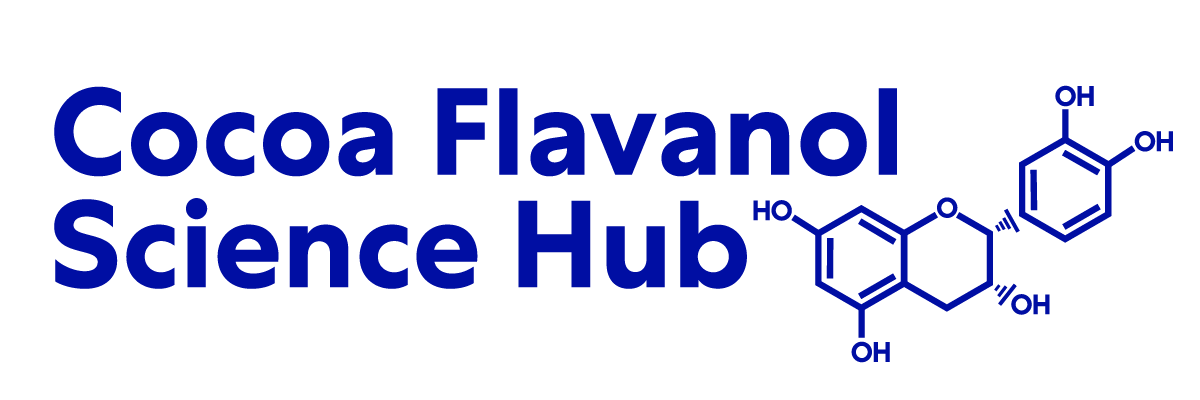Identification and quantitation of flavanols and proanthocyanidins in foods: how good are the datas?
Evidence suggesting that dietary polyphenols, flavanols, and proanthocyanidins in particular offer significant cardiovascular health benefits is rapidly increasing. Accordingly, reliable and accurate methods are needed to provide qualitative and quantitative food composition data necessary for high quality epidemiological and clinical research. Measurements for flavonoids and proanthocyanidinshave employed a range of analytical techniques, with various colorimetric assays still being popular for estimating total polyphenolic content in foods and other biological samples despite advances made with more sophisticated analyses. More crudely, estimations of polyphenol content as well as antioxidant activity are also reported with values relating to radical scavenging activity. High-performance liquid chromatography (HPLC) is the method of choice for quantitative analysis of individual polyphenols such as flavanols and proanthocyanidins. Qualitative information regarding proanthocyanidin structure has been determined by chemical methods such as thiolysis and by HPLC-mass spectrometry (MS) techniques at present. The lack of appropriate standards is the single most important factor that limits the aforementioned analyses. However, with ever expanding research in the arena of flavanols, proanthocyanidins, and health and the importance of their future inclusion in food composition databases, the need for standards becomes more critical. At present, sufficiently well-characterized standard material is available for selective flavanols andproanthocyanidins, and construction of at least a limited food composition database is feasible.
See the Full Study > (opens in a new tab)








